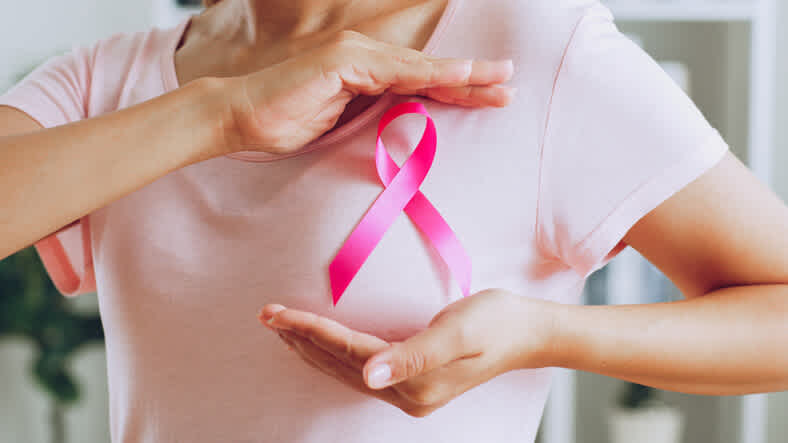How Often to Check for Breast Cancer | How to at Home
What you need to know about breast cancer checks
If today is an average day, then nine New Zealand women will receive news that they have breast cancer. It’s the most common cancer for Kiwi women and is developed when abnormal breast cells grow in an uncontrolled way, usually forming a tumour.
While women over 50 face the highest risk, younger women can still develop breast cancer — and so can men. It’s something everyone should check for, regardless of age or gender. Breast Cancer Awareness month is a good time to remind your friends and family to get checked or check themselves at home.
Performing a home breast check
The earlier breast cancer is detected, the better. It means treatment can start sooner, which increases the chances of success. That’s why regular self-exams matter. Any changes in the breast could be signs that need further investigation.
Performing a check takes four simple steps:
- Examine your breasts in front of a mirror with your hands on your hips and note your breasts size, shape and colour. Look for any changes including visible distortion, swelling, dimpling or bulging of the skin or a nipple that has changed position or is inverted. Also look for any fluid coming from your nipples, such as blood or watery fluid.
- Raise your arms and check again for the same indicators mentioned above.
- Lie down to feel for any changes. Using a firm touch, feel your breasts for any lumps from your collarbone to the top of your abdomen. Move your hands across your entire breast, covering small areas at a time using a circular motion.
- Finally, feel your breasts while standing or sitting. A good place to do this is in the shower with some soap.
Do this regularly and pay attention to any changes over time. If you have any concerns, go see your doctor immediately.
What to do about lumps
Finding a lump may not be cause for panic. Due to normal hormonal changes, non-cancerous lumps can also appear in breasts. But a doctor’s appointment is a sensible next step, especially if the change in the breast is accompanied by pain, swelling, redness or fluid discharge and has been there for more than a month.
Help reduce the risk
There is no definite way to prevent breast cancer, but the Breast Cancer Foundation NZ has some suggestions that can help lower your risk. Maintaining a healthy weight after menopause, exercising, limiting alcohol intake, and breastfeeding have all been shown to reduce the risk of breast cancer.
Anyone with a family history of breast cancer should be encouraged to talk to their doctor about suitable risk reduction measures. These can include genetic testing, taking certain medicines, undergoing a preventative mastectomy, or having regular mammograms to monitor breast health.
Getting checked
If you are a women aged 45 to 69, you can have a free breast screening every 2 years. Find more information or book a mammogram here: https://www.timetoscreen.nz/breast-screening/sign-up/
There are also other publicly funded options available for you if you are not eligible for the free 2-yearly mammograms. You can ask your GP about these the next time you see them.
It’s Breast Cancer Awareness month — there’s no better time to have the conversation.
Want to know more?
